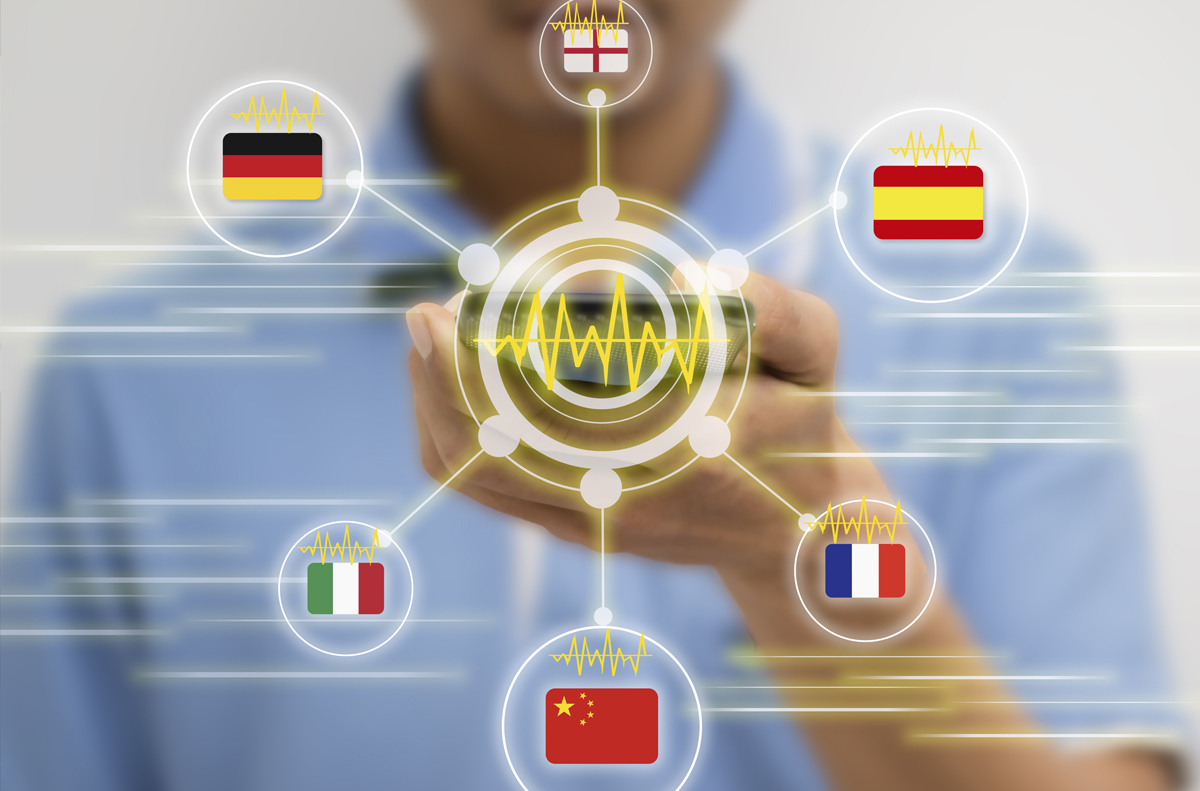AI technologies have been taking the world by storm in recent years, the rapid AI advancements have enabled companies and tech giants alike to process information in ways we didn’t think were possible 10 years ago. Microsoft Translator which is part of the Microsoft Cognitive services launched in 2015 has leveraged AI technologies to enable businesses to translate between more than a 100 languages and dialects.

“One Hundred Languages is a good milestone for us to achieve our ambition for everyone to be able to communicate regardless of the language they speak” said Xuedong Huang, Microsoft technical fellow and Azure AI chief technology officer. This milestone is attributed to adding 12 new languages to Microsoft translator which are Bashkir, Dhivehi, Georgian, Kyrgyz, Macedonian, Mongolian (Cyrillic), Mongolian (Traditional), Tatar, Tibetan, Turkmen, Uyghur, and Uzbek (Latin), which collectively are natively spoken by around 84.6 million people.
This helped organizations eliminate language barriers using AI and machine translation. The likes of Volkswagen group which roughly translates 1 billion words a year in 60 different languages using Microsoft Translator.
This technology also helps preserving endangered languages that are not widely spoken in the world, for instance, Inuktitut a dialect which is spoken by about 40,000 Canadian Inuit people.

Utilizing this technology, Netiks has built its Multilingual Genetiks Chatbot, a cutting edge Chatbot which utilizes the Translator technology to respond to customer inquiries in their own language. Also, Translator AI enables Netiks to build solutions for international organizations by translating Forms, Entities, and Text Fields into other languages. This will help those organizations eliminate the language barriers that can greatly enhance their workflows and allow them to operate in countries that were previously unreachable.
“Not only do we celebrate what we have done on translation – reach 100 languages – but also for speech and OCR as well,” Huang said. “We want to remove language barriers.”